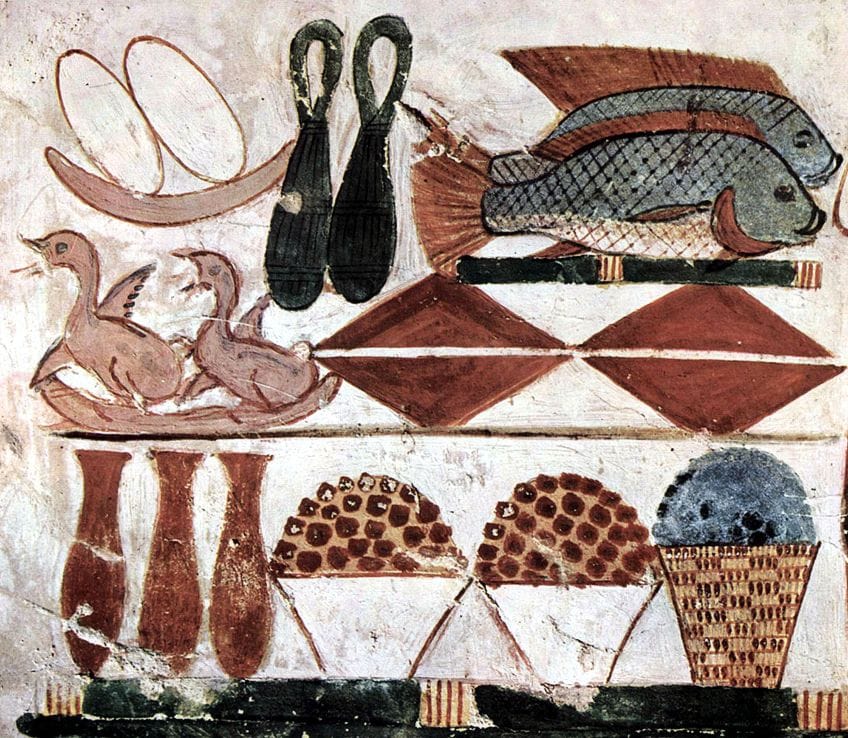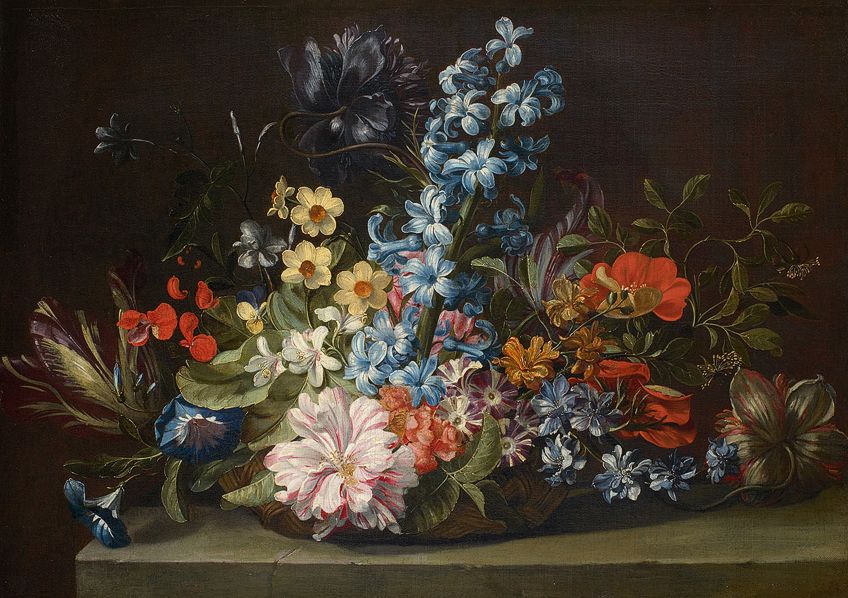WHAT IS STILL LIFE?
Still life photography is “a genre of photography used for the depiction of inanimate subject matter, typically a small group of objects.” or just inanimate objects in front of a camera.
These inanimate objects can be anything ranging from flowers and plants to food and man-made objects.
STILL LIFE TIMELINE
Still life artwork had origins in the ancient Egyptians and Roman times as well as having appearances during the Middle ages and Renaissances eras. Paintings in ancient Egypt mainly consisted of common foods and objects but historians believe they had a much deeper meaning.

Still life is derived from the Dutch word ‘stilleven’ which was made in the 17th century when the popularity of objects in paintings increased throughout Europe. Still life photography originally arose during the 20th century with art photographers such as Baron Adolf de Meyer making it more popular.

Modern art still life was brought back with art movements such as Impressionism where artist like Vincent Van Gogh made a new meaning for the genre.
Its with the immense rise of modern still life art and the wonders of photography that still life photography was born.
WHAT IS VANITAS?
Vanitas – Latin for ‘vanity’ – is symbolic works of art showing the transition from life to death along with themes of: symbols of arts and sciences (books, maps, and musical instruments), wealth and power (purses, jewellery, gold objects), and earthly pleasures (goblets, pipes, and playing cards); symbols of death or transience (skulls, clocks, burning candles, soap bubbles, and flowers); and, sometimes, symbols of resurrection and eternal life (usually ears of corn or sprigs of ivy). It was a common genre during the 16th and 17th century and originated in the Netherlands, evolving from simple pictures of skulls and other symbols of death.
WHAT IS MEMENTO MORI?
Memento mori – Latin for ‘remember that you [have to] die’ – symbolises the inevitability of death. Items typically found in the pictures are skulls, hourglasses, clocks, candles, fruits, and flowers. The memento mori genre rose to popularity during the 17th century, a religious age where almost everyone believed that life on Earth was just a preparation for the afterlife.
WHAT KIND OF METAPHORS AND SYMBOLS ARE USED IN STILL LIFE AND WHY?
Still life can be interpreted and seen in many different ways but the main symbolism includes:
- Fruit: religion (forbidden fruit in the garden of Eden), pleasure, lust
- Skulls: life, death, morality
- Candles: death, God (light of Christ), loss
- Flowers: life, growth, danger (poisonous types), love (red rose)
- Seashells: birth, purity, fertility, freedom
- Gold/silver: luxury, pleasure, culture, travels, trade














